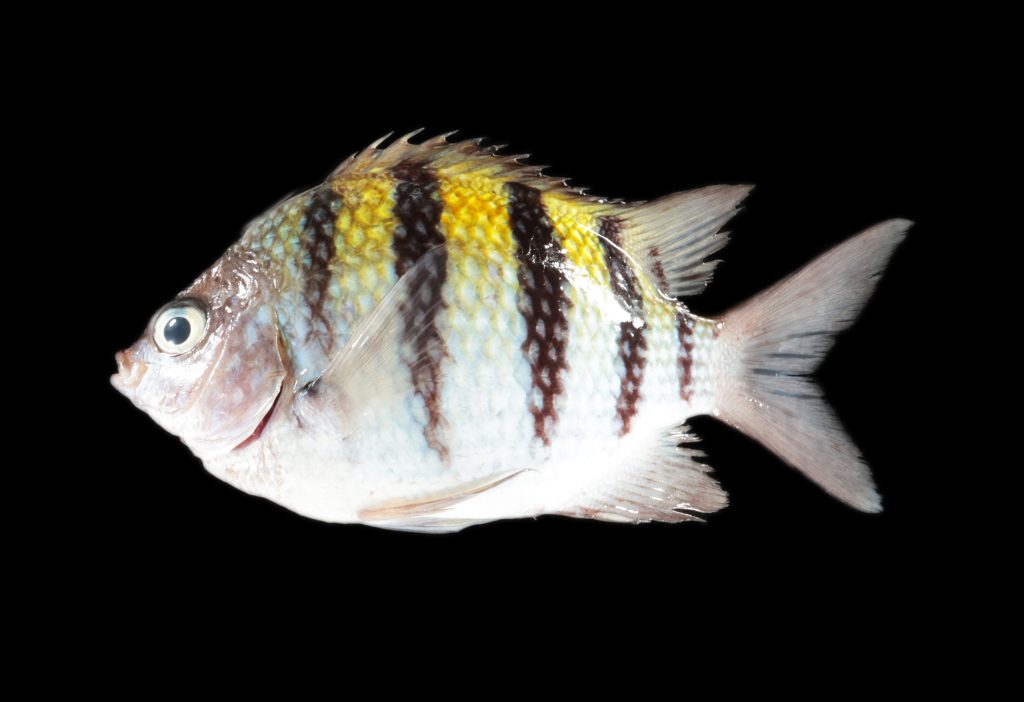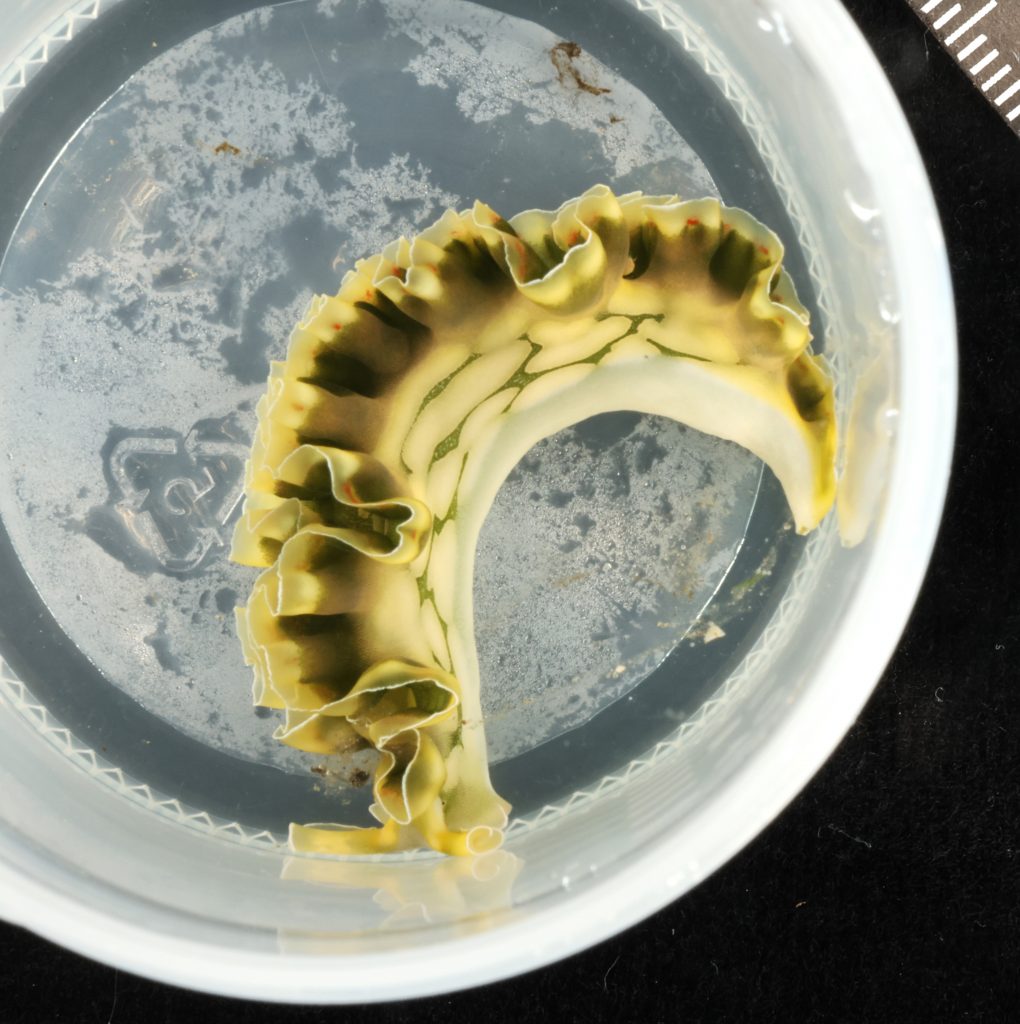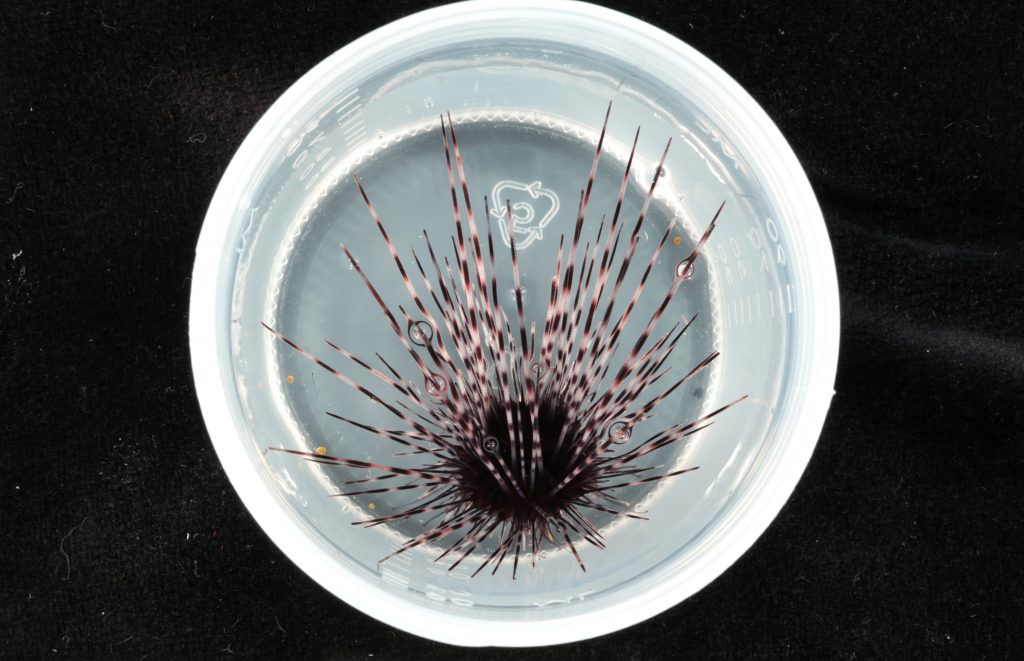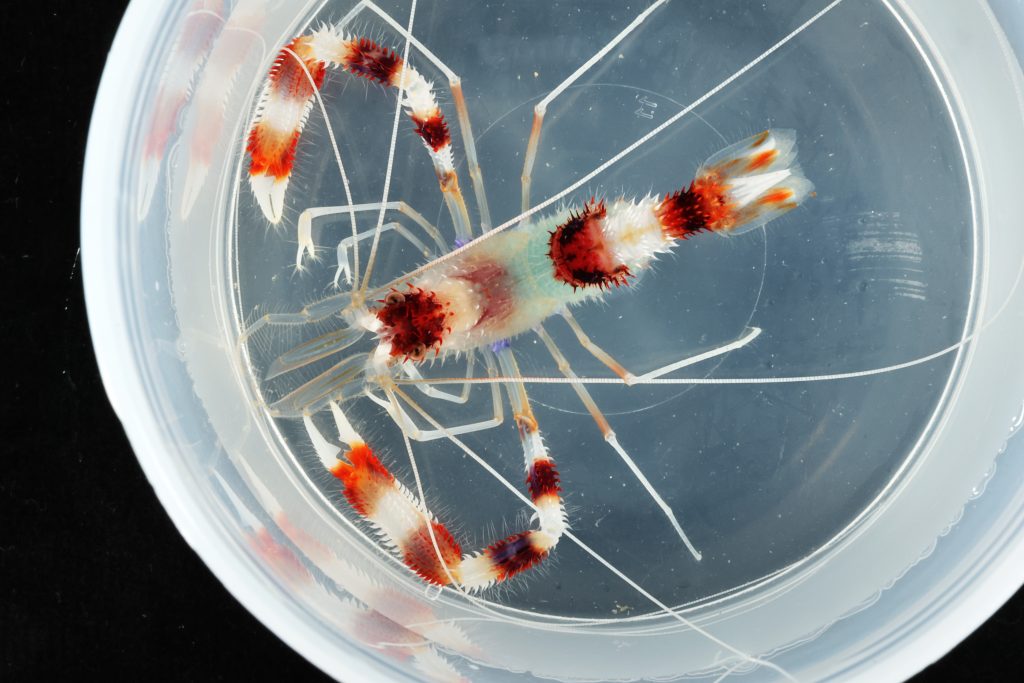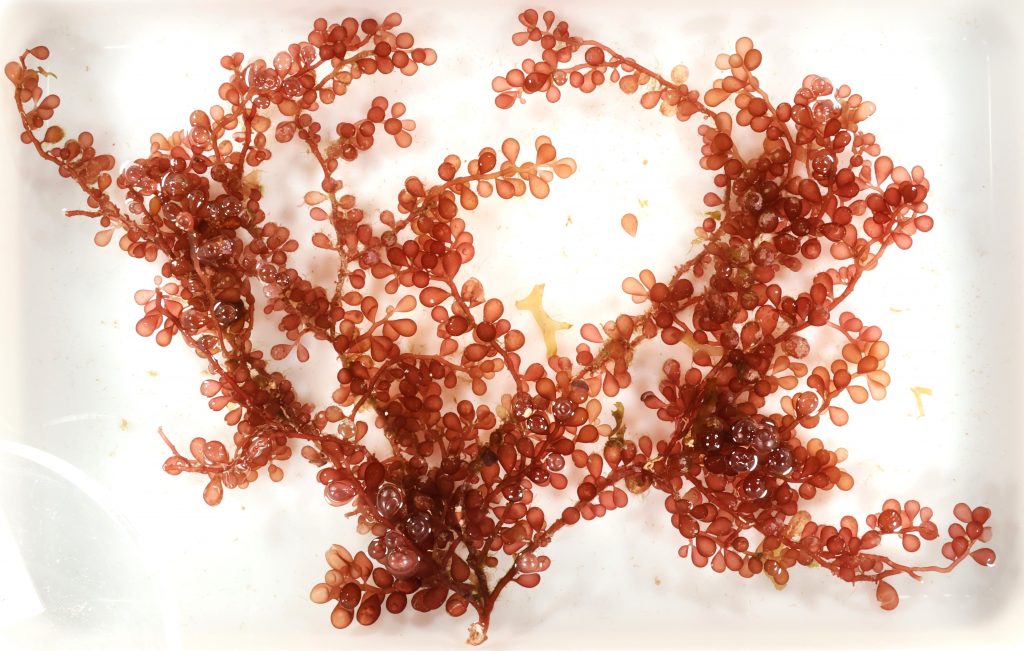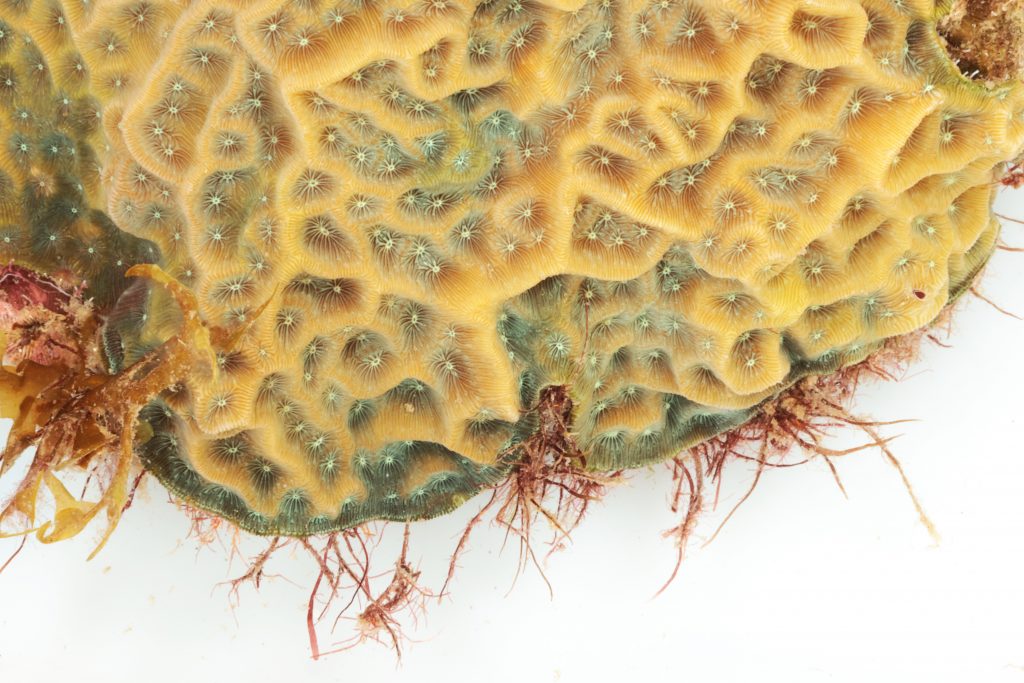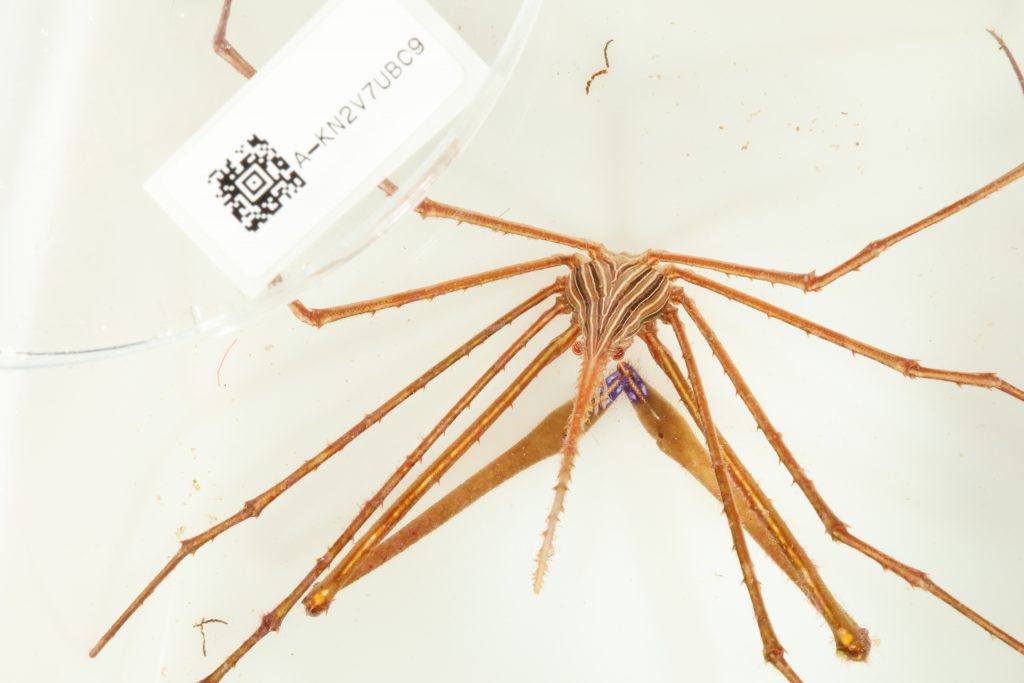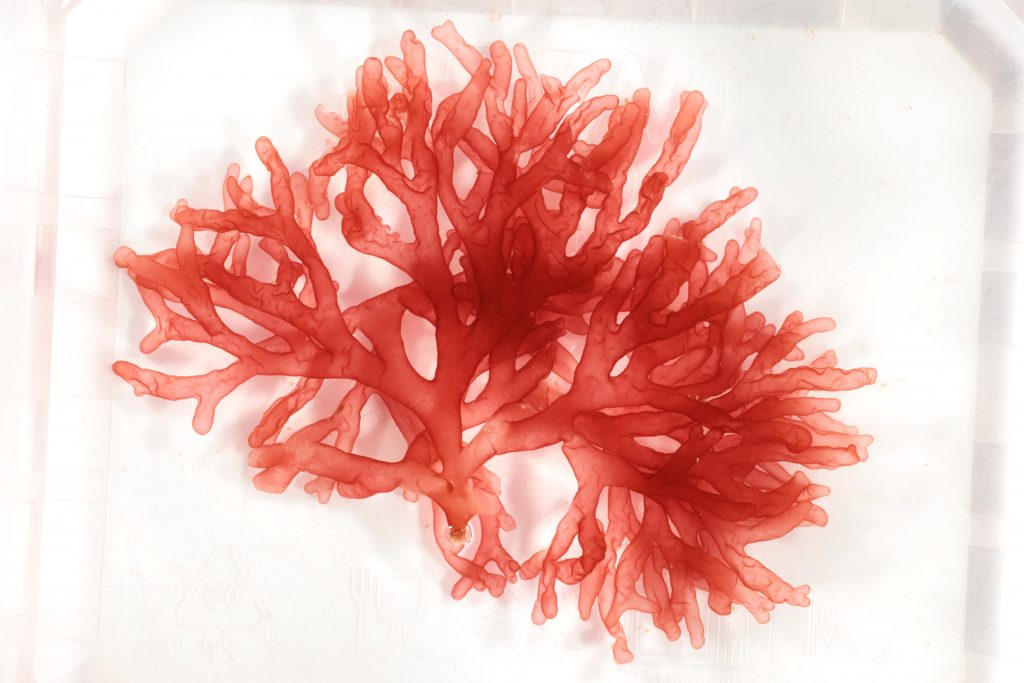From September 27 to November 13, 2024, ATLASea joined the « La Planète Revisitée » exploration campaign led by the Muséum national d’Histoire naturelle (MNHN) to collect new specimens on the southern islands of Guadeloupe: Marie-Galante, Les Saintes (Terre-de-Haut and Terre-de-Bas) and La Désirade.

La Planète Revisitée is an international project initiated in Vanuatu in 2006 by the Muséum national d’Histoire naturelle, which organises exploration campaigns to survey “neglected” terrestrial and marine biodiversity worldwide, from New Caledonia to French Guiana, via Corsica, Papua New Guinea and Madagascar.
This year, it is the islands of southern Guadeloupe that have been targeted by the Muséum and the Agence Régionale de la Biodiversité des Îles de Guadeloupe (ARB-IG) in collaboration with the French Biodiversity Office (OFB), the University of the West Indies and the Guadeloupe Region.
The project is mainly funded by the European Regional Development Fund for Guadeloupe (ERDF), as well as public and private partners, including PEPR ATLASea. The aim was to sample the biodiversity of this Caribbean archipelago by prospecting the plateaus around the islands at depths of up to 150 meters.
To take this opportunity, ATLASea joined this ambitious mission. Guadeloupe, with its 4,000 recorded species, remains a largely unexplored territory in genetic terms, with some 3,900 species still lacking a reference genome. By way of comparison, around Dinard, where ATLASea’s first exploration campaign took place, the Inventaire National du Patrimoine Naturel (INPN) has counted some 2600 species, 672 of which were identified during this mission, and 25% of which had already been sequenced or were in the process of being sequenced by other consortia similar to ATLASea.
A major campaign
Over a six-week period, the La Planète Revisitée expedition mobilised some one hundred researchers specialising in marine and terrestrial environments, a third of whom were Guadeloupeans. A dozen ATLASea members took part in the adventure.
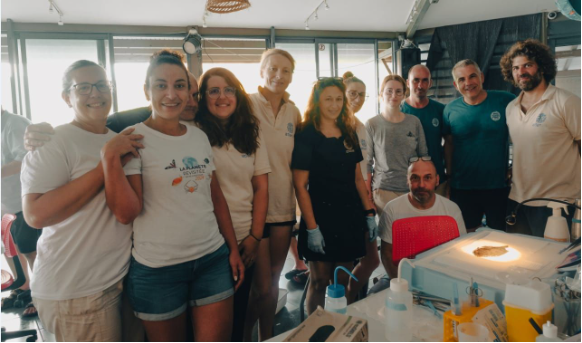
From September 23 to 27, the dining room at the UCPA sports village in Les Saintes was turned into a true scientific laboratory. Following this set-up, most of the samples were collected in the Saintes archipelago between September 27 and October 14.
The expedition then moved on to Marie-Galante, from October 15 to 28, before heading for La Désirade, from October 29 to November 13. For these last two stages, Mélanie Van Weddingen, manager of the ATLASea collection at MNHN, was in charge of photography, dissection and sample processing in the computerised plot.
Throughout the mission, taxonomists from La Planète Revisitée played a key role in identifying the species collected by ATLASea. Noémie Léger, a Guadeloupe National Park ranger, greatly supported the team, particularly in the identification of corals and sponges, while facilitating access to boats for certain dives. In addition, the Université des Antilles provided a -80°C freezer, essential for preserving specimens in a cold-chain.
The logistics of the shipment also presented some major challenges. Benjamin Girard, DIVE-Sea’s administrative assistant, had to be tenacious to guarantee the supply of liquid nitrogen, which is used to freeze the samples. Each replenishment required a full day’s transport, a journey he repeated three times. 300 liters of liquid nitrogen were needed, testifying to the scale of this mission.
A total of 319 specimens were collected, most of them macrofauna, i.e. large animals characteristic of tropical ecosystems. Numerous fish such as Diodon Holocanthus, Myrichthys ocellatus and Pterois volitans were caught by MNHN diver Katia Ortiz.
Some notable species collected :
